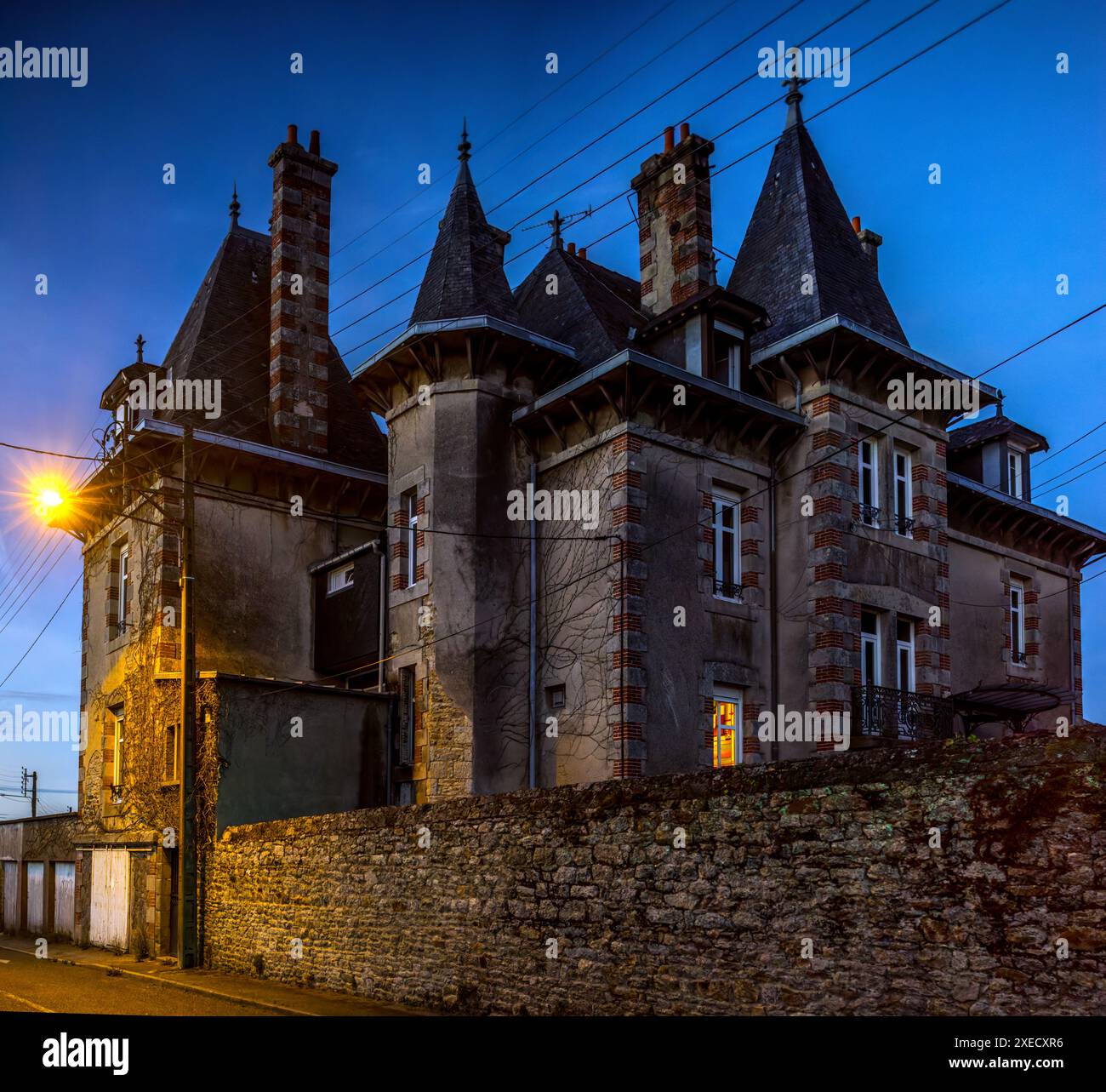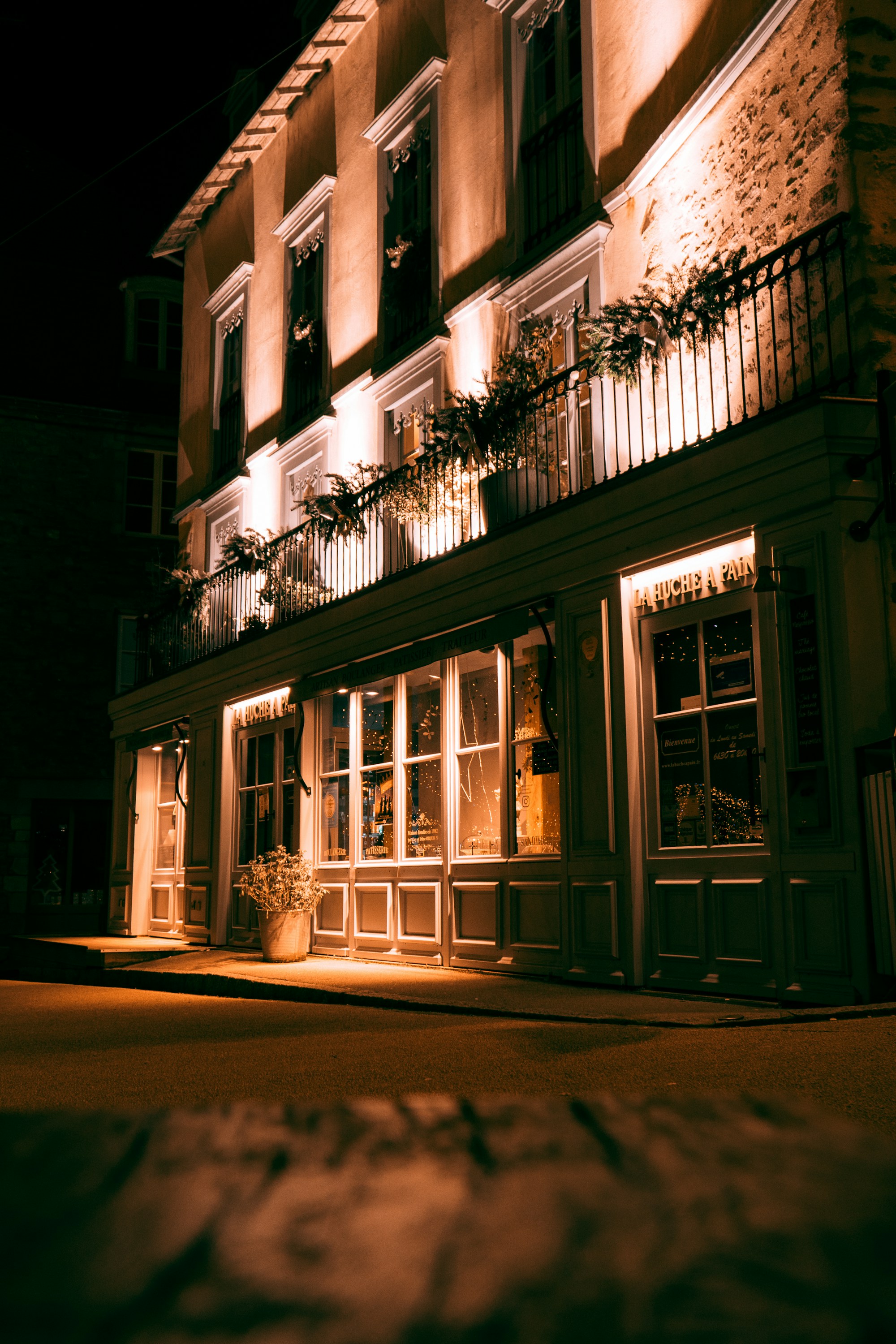NEW INFO | Discussing the latest information from various media and various fields
Discover The Historic Charm Of Vannes And Edinburgh: A Comparative Guide
Discover The Historic Charm Of Vannes And Edinburgh: A Comparative Guide presents a deep dive into the captivating allure of two historic European cities. This guide serves as an indispensable resource for travelers seeking to uncover the hidden gems and immerse themselves in the rich tapestry of the past.
Editor's Notes: We recognize the importance of understanding the unique character and appeal of historic destinations. To empower our readers with informed decision-making, we have meticulously analyzed and curated this guide to highlight the charm of Vannes and Edinburgh.
Through comprehensive research and expert insights, we have crafted a comparative guide that unveils the distinct personalities and shared legacies of these enchanting cities. This guide will equip travelers with the knowledge they need to plan a memorable and enriching journey through time.
Key Differences:
| Factor | Vannes | Edinburgh |
|---|---|---|
| Location | Western France, on the Gulf of Morbihan | Eastern Scotland, Central Belt |
| Population | Over 53,000 residents | Over 500,000 residents |
| Architectural Style | Predominantly medieval, with fortifications and half-timbered houses | Mix of medieval, Georgian, and Victorian architecture |
| Famous Landmarks | Vannes Cathedral, Port-Cassard, Château de l'Hermine | Edinburgh Castle, Royal Mile, Princes Street Gardens |
Transition to Main Article Topics:
FAQ
This section addresses frequently asked questions to provide further insights and clarify potential misconceptions about the historical charm of Vannes and Edinburgh.
Question 1: What are the key architectural differences between the historic centers of Vannes and Edinburgh?
Vannes boasts a remarkable collection of medieval half-timbered houses, while Edinburgh showcases a blend of Georgian and Victorian architecture, including elegant townhouses and imposing castles.
Question 2: Which city offers a wider range of historical landmarks?
Edinburgh offers a greater abundance of historical landmarks, including Edinburgh Castle, the Royal Mile, and the Palace of Holyroodhouse, while Vannes primarily focuses on its medieval walled town and the Cathédrale Saint-Pierre.
Question 3: Are there any similarities in the cultural traditions of Vannes and Edinburgh?
Both cities share a rich Celtic heritage, which is evident in their traditional music, festivals, and cultural events.
Question 4: How does the atmosphere of these historic centers differ?
Vannes exudes a charming and intimate atmosphere, while Edinburgh presents a more vibrant and cosmopolitan ambiance.
Question 5: Which city caters better to history enthusiasts?
Edinburgh, with its extensive collection of historical landmarks and museums, offers a more immersive experience for those passionate about history.
Question 6: Can you recommend any guided tours of the historic centers?
Numerous guided tours are available in both cities. Vannes provides guided walks showcasing its medieval heritage, while Edinburgh offers comprehensive tours exploring its royal past and architectural marvels.
In essence, Vannes and Edinburgh present distinct yet equally captivating historical experiences, offering visitors a glimpse into the rich architectural, cultural, and historical heritage of these enchanting cities.

A Guide to the Best Things to do in Vannes, France | solosophie - Source www.solosophie.com
Tips for Exploring Vannes and Edinburgh
When planning your trip, consider these tips to enhance your experience in both historic cities:
Tip 1: Immerse Yourself in History
Both Vannes and Edinburgh boast a wealth of historical landmarks. In Vannes, explore the medieval ramparts, the Cathédrale Saint-Pierre, and the Château de l'Hermine. In Edinburgh, visit Edinburgh Castle, the Palace of Holyroodhouse, and the Royal Mile.
Tip 2: Discover Hidden Gems
Venture beyond the main tourist attractions to uncover hidden gems in both cities. In Vannes, stroll along the tranquil cobblestone streets of the Ville Close (Old Town). In Edinburgh, explore the enchanting closes (alleys) and courtyards of the Old Town.
Tip 3: Savor the Local Culture
Embrace the local culture by attending festivals, markets, and events. In Vannes, experience the lively Marché des Lices, a bustling market held every Saturday. In Edinburgh, enjoy the world-renowned Edinburgh Festival Fringe, a month-long celebration of the arts.
Tip 4: Indulge in Local Cuisine
Sample the delectable cuisine of each city. In Vannes, savor traditional Breton dishes such as galettes (buckwheat pancakes) and kouign-amann (a buttery pastry). In Edinburgh, treat yourself to authentic Scottish fare such as haggis, neeps and tatties (mashed turnips and potatoes).
Tip 5: Explore the Surrounding Areas
Venture beyond the city limits to discover the picturesque surroundings. From Vannes, take a day trip to the nearby Gulf of Morbihan, a stunning natural harbor dotted with islands. From Edinburgh, explore the rugged beauty of the Scottish Highlands.
For a comprehensive guide to these captivating cities, refer to the comparative article Discover The Historic Charm Of Vannes And Edinburgh: A Comparative Guide.
Discover The Historic Charm Of Vannes And Edinburgh: A Comparative Guide
Immerse yourself in the enduring allure of two ancient cities, Vannes and Edinburgh, each boasting a rich tapestry of architectural wonders, captivating legends, and a cultural ambiance that transcends time.
- Ancient Roots: Trace the origins of Vannes to Roman times, while Edinburgh's medieval legacy is evident in its iconic castle.
- Architectural Symphony: Marvel at Vannes's half-timbered houses and medieval ramparts, contrasting with Edinburgh's Georgian elegance and Victorian grandeur.
- Fortified Heritage: Explore the mighty fortress of Conleau in Vannes, a testament to its strategic importance, and delve into Edinburgh Castle's captivating history as a royal stronghold.
- Cultural Tapestry: Immerse yourself in Vannes's vibrant music scene and traditional festivals, while Edinburgh's cultural calendar brims with world-renowned art, music, and theater.
- Culinary Delights: Savor the freshest seafood and traditional Breton cuisine in Vannes, and indulge in Edinburgh's delectable array of Scottish fare and international flavors.
- Picturesque Surroundings: Admire Vannes's idyllic location on the Gulf of Morbihan, and explore Edinburgh's breathtaking landscapes, from the rolling Pentland Hills to the majestic Firth of Forth.
The convergence of history, culture, and natural beauty in Vannes and Edinburgh captivates travelers with their timeless charm. Whether tracing the footsteps of ancient civilizations or immersing yourself in contemporary artistry, these cities offer an extraordinary fusion of the past and present that lingers in the heart and mind long after your visit.
What to See in Vannes: A Local's Guide to Exploring the Charm - Source overyourplace.com

A Guide to the Best Things to do in Vannes, France | solosophie - Source www.solosophie.com
Discover The Historic Charm Of Vannes And Edinburgh: A Comparative Guide
The historic cities of Vannes and Edinburgh, steeped in the tapestry of time, offer a captivating journey into the past. Vannes, a medieval marvel on the southern coast of Brittany, and Edinburgh, a majestic capital perched on the rugged hills of Scotland, present a compelling comparative study in architectural heritage, cultural traditions, and the captivating allure of bygone eras.

A beautifully lit historic mansion in Vannes, Brittany, France during - Source www.alamy.com
This comparative guide delves into the intricate connection between these two captivating cities, exploring the striking similarities and subtle nuances that define their unique historic charm. From the towering ramparts of Vannes' medieval walls to the grand facades of Edinburgh's Georgian architecture, each city showcases a distinct blend of architectural styles that reflect their rich and diverse past.
Beyond their architectural splendor, Vannes and Edinburgh are vibrant cultural hubs. Vannes' annual Medieval Festival transports visitors back to a time of knights, troubadours, and jousting tournaments, while Edinburgh's world-renowned Fringe Festival celebrates the performing arts with a kaleidoscope of theater, comedy, and music.
This exploration of "Discover The Historic Charm Of Vannes And Edinburgh: A Comparative Guide" underscores the enduring appeal of these two historic cities, their ability to captivate visitors with their timeless charm and vibrant cultural heritage. Understanding the connection between Vannes and Edinburgh not only enriches our appreciation of each city's unique character but also provides a glimpse into the shared human experience across time and cultures.
Conclusion
Our journey through "Discover The Historic Charm Of Vannes And Edinburgh: A Comparative Guide" has revealed the captivating connection between these two historic cities. From their architectural grandeur to their vibrant cultural traditions, Vannes and Edinburgh stand as testaments to the enduring power of human creativity and the indomitable spirit of the past.
This exploration invites us to reflect on the importance of preserving and celebrating our historic heritage. In an increasingly globalized and fast-paced world, these cities remind us of the value of embracing our unique cultural identities and the timeless allure of our shared human history.
